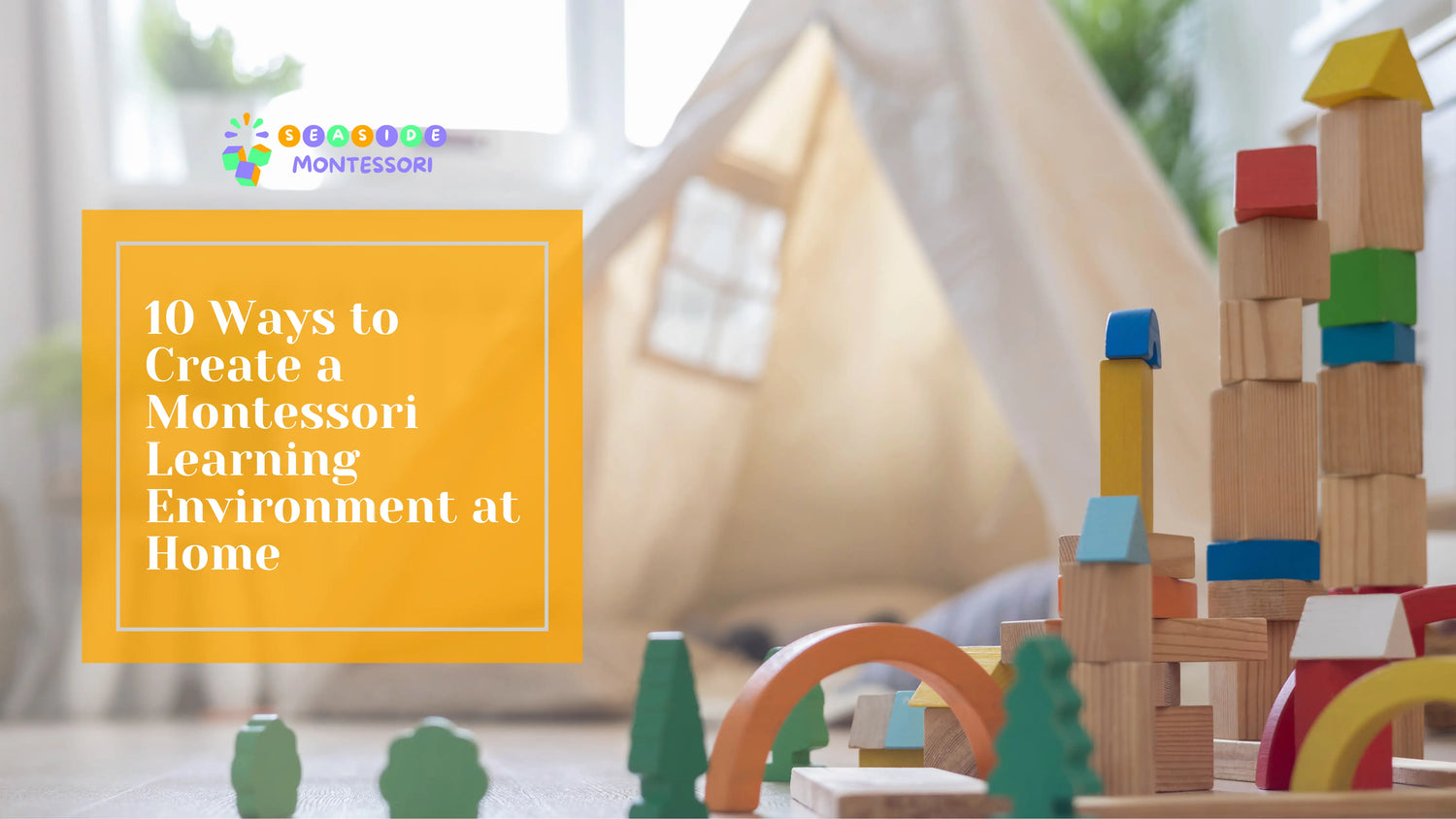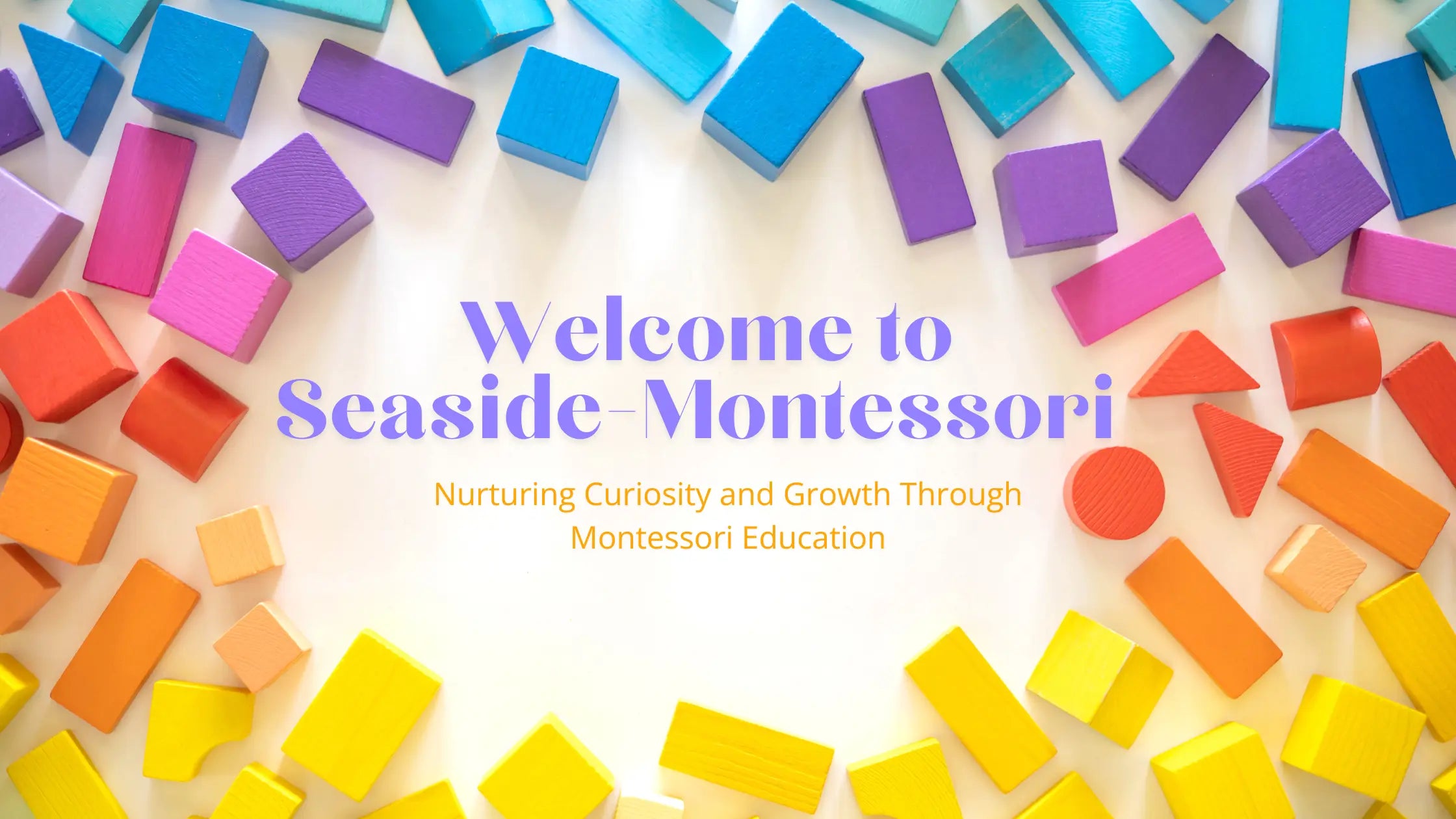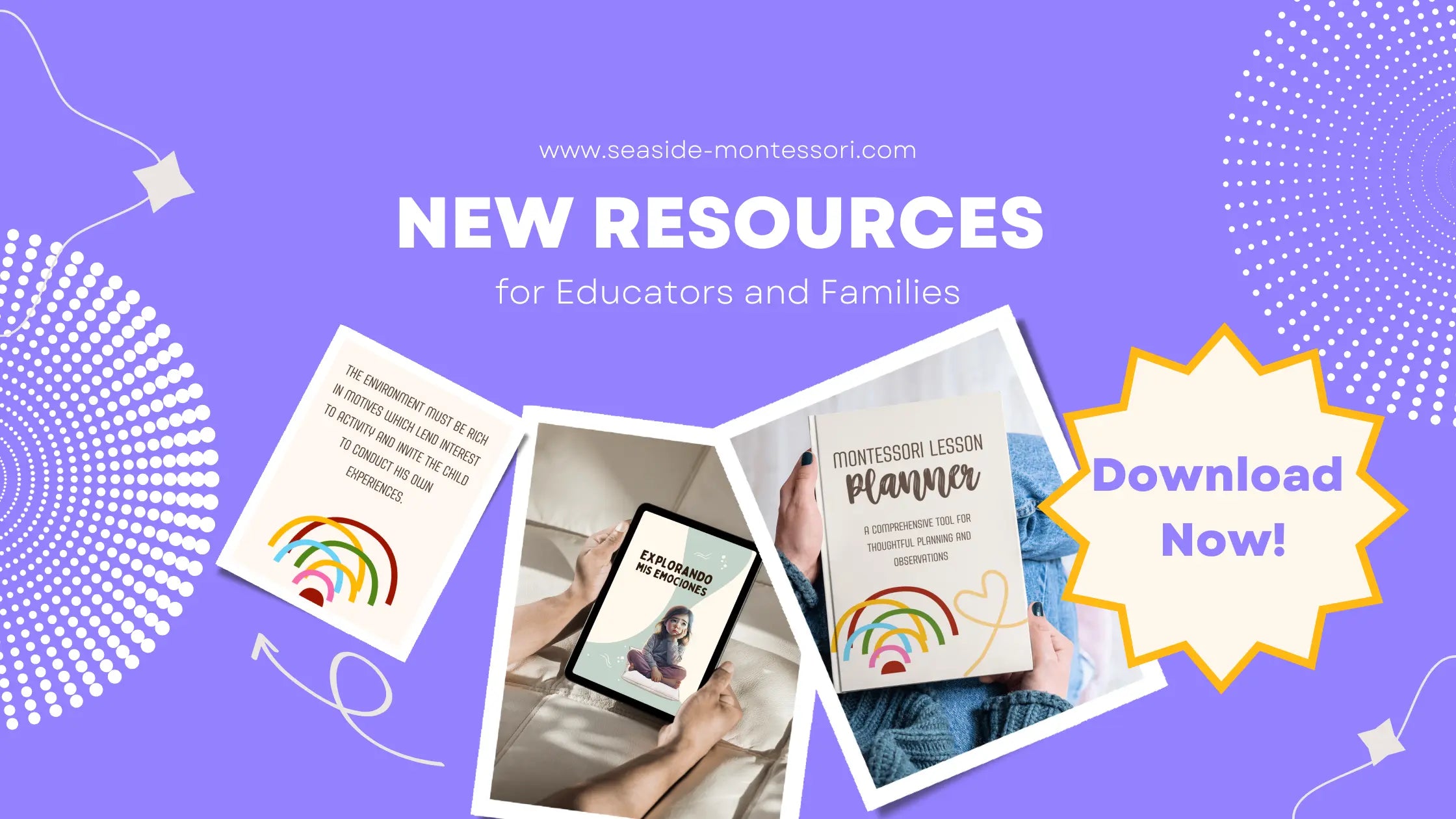As parents, we all want to foster a love of learning in our children, and creating a Montessori-inspired environment at home can be a wonderful way to do so.
The Montessori philosophy emphasizes independence, curiosity, and respect for a child’s natural development. By making small, intentional changes, you can transform your home into a space that encourages exploration and growth.
Here are 10 tips to help you create a Montessori learning environment that supports your child’s development:
1. Design Spaces That Encourage Independence
Children thrive in environments where they can navigate and explore freely. Create areas where your child can access toys, books, and tools without assistance. Use child-sized furniture, low shelves, and baskets to organize items at their level.
2. Prioritize Simplicity and Order
A clutter-free environment helps children focus and fosters a sense of calm. Keep only a few toys or materials available at a time and rotate them regularly. This prevents overwhelm and maintains your child’s interest in their activities.
3. Include Natural Materials
Montessori environments often feature natural materials like wood, cotton, or metal. These materials provide a sensory richness and connection to the natural world, which is central to Montessori principles.
4. Create Activity Zones
Divide your home into dedicated areas for specific types of activities, such as reading, art, and practical life skills. Each area should have clear boundaries and materials to support that activity.
5. Offer Real-Life Learning Opportunities
Invite your child to participate in practical life activities like cooking, cleaning, gardening, or folding laundry. These tasks build fine motor skills, concentration, and a sense of responsibility.
6. Follow Your Child’s Interests
Observe what your child is naturally drawn to and provide materials or activities that align with their interests. For example, if they’re fascinated by animals, set up puzzles, books, or art projects related to that theme.
7. Use Open-Ended Toys and Materials
Select toys that spark creativity and problem-solving, such as building blocks, art supplies, or sensory bins. Avoid overly prescriptive or battery-operated toys, as they limit engagement.
8. Incorporate Nature into Learning
Nature is an integral part of Montessori education. Include plants, nature walks, or a small gardening project. These activities foster an appreciation for the environment and encourage observation and care.
9. Encourage a Love of Reading
Set up a cozy reading nook with a rotating selection of books. Make reading an everyday ritual and encourage your child to choose their own stories.
10. Foster a Growth Mindset
Celebrate effort and progress rather than perfection. Use language that encourages perseverance and curiosity, helping your child see challenges as opportunities to learn.
Why a Montessori Environment Matters
By thoughtfully designing your home to align with Montessori principles, you can help your child develop independence, self-confidence, and a lifelong love of learning. The goal is not to replicate a classroom but to create an environment that honors your child’s unique interests and developmental needs.
Download Our Free Guide!
Looking for more actionable tips to get started? Download our free printable, 10 Steps to Create a Learning-Friendly Environment at Home, and begin your Montessori-inspired journey today!








Leave a comment
All comments are moderated before being published.
This site is protected by hCaptcha and the hCaptcha Privacy Policy and Terms of Service apply.